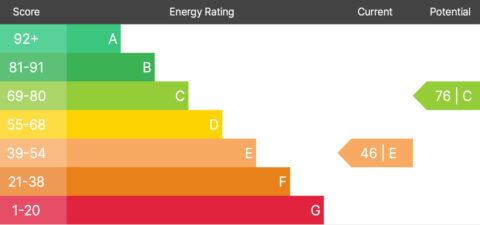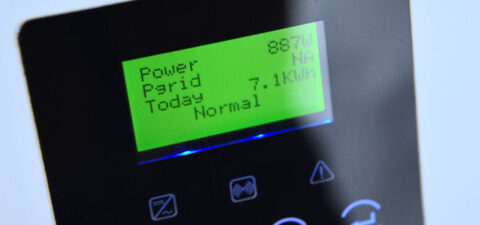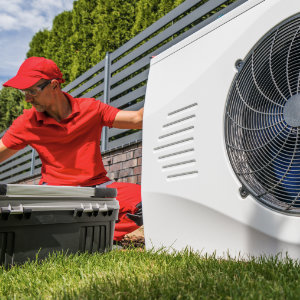Lumens to Watts – how to choose light bulbs, brightness, colour and lifespan
Compare Incandescent bulbs to LED, CFL & Halogens
| Select wattage: 40 Watts |
|---|
3W 100W |

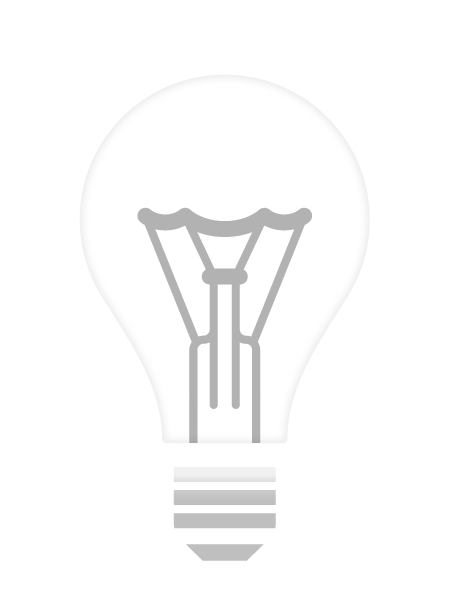
lumens*

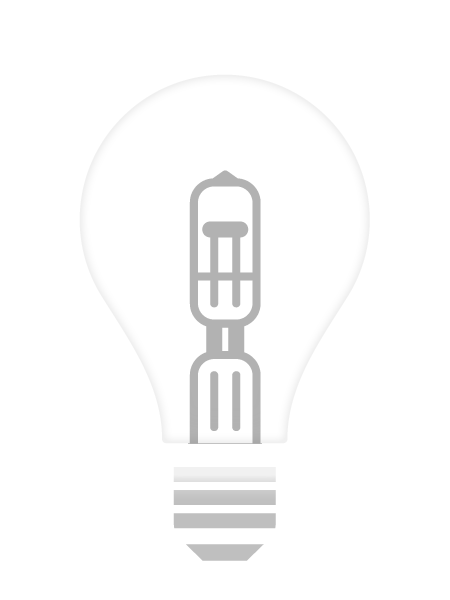
lumens*

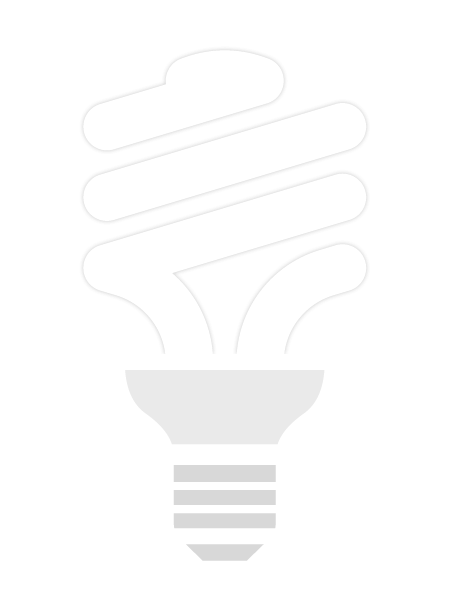
lumens*

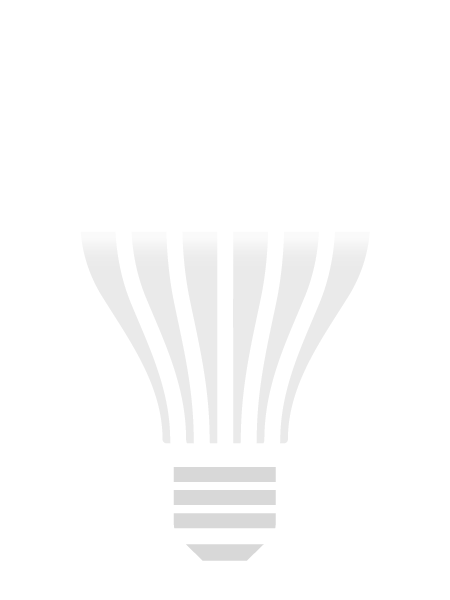
lumens*
Per bulb running cost
Household running cost
*lumens conversion based on averages of Energy Star LED/CFL testing data 2016
‡based on 4.5 hrs a day. Household cost based on 12 bulbs.
Electricity costs are calculated using the UK: Price Cap (Apr 2025) electricity rate of £0.27 per kWh (incl. VAT).
What Wattage is right?
In recent years choosing light bulbs has become far more confusing – you knew roughly what you were getting with a 40, 60 or 100 wattage filament bulb. Nowadays, energy saving bulbs produce far more light, less heat, whilst consuming less energy (Watts). They come in varying technologies, such as Compact Fluorescent (CFL), Halogen and LED and they last much longer – up to 25 years for LEDs!
Defining the brightness, or light output of bulbs is changing from wattage equivalents to lumens. Lumens is an accurate way of measuring the light output of bulbs – brightness is what we perceive, luminance is what we measure. However, this can be a little confusing!
Most of us have a preconception of how bright a 100-watt incandescent bulb is even though this can vary tremendously between soft white and clear glass bulbs. On average, an incandescent bulb produces around 14 lumens per watt, compared to 63 lumens for energy saving compact fluorescents (CFL) and 74 for LED bulbs. Some of the most energy to light efficient LED bulbs are now reaching over 120 lumens in Energy Star tests.
Wattage to Brightness Comparison
A 40 watt incandescent filament bulb produces roughly 460 lumens. An equivalent compact fluorescents (CFL) bulb in light output (lumens) should consume only around 7 watts and LEDs approximately 6 watts.
| Incandescent Bulb Wattage | Equivalent Halogen Bulb Wattage | Equivalent CFL Bulb Wattage | Equivalent LED Bulb Wattage |
|---|---|---|---|
| 40 W (~460 lm) | 28 W | 7 W | 6 W |
| 60 W (~830 lm) | 45 W | 13 W | 11 W |
| 75 W (~1100 lm) | 56 W | 18 W | 15 W |
| 100 W (~1800 lm) | 80 W | 28 W | 24 W |
Data sources: American Association of Physics Teachers 1996 and Energy Star 2016
What else can affect brightness perception?
The colour of light can also affect how bright a light appears, even if the lumens are the same. Bulbs that are nearer to daylight (bluer or cooler in colour) sometimes appear brighter than yellower coloured lights.
Choosing the colour temperature of bulbs
Choosing the right colour is dependent on the atmosphere you’re trying to create within your room, or what the space you are lighting is used for.
Light colour is measured using a temperature scale called Kelvin (K). Incandescent bulbs are around 2700-3000K and produce a yellower warm/soft light, great for creating a relaxed ambiance. For whiter light – more akin to daylight – good for kitchens and workspaces, bulbs labelled between 3500-4100K would be best. Reading lights tend to be marked 5000-6500K these appear much bluer and perceived as brighter.
| 2700K | 3000K | 3500K | 4100K | 5000K | 6500K |
|---|
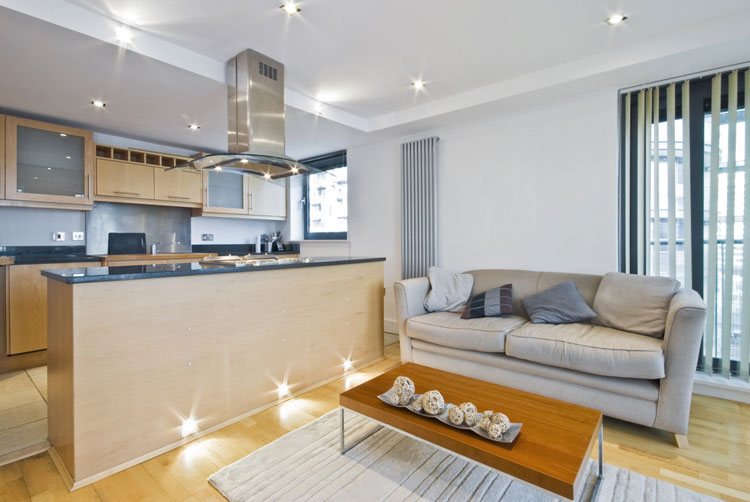
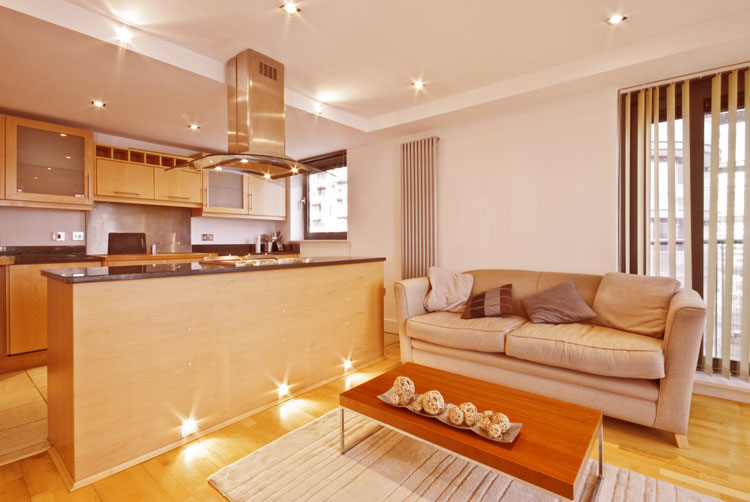
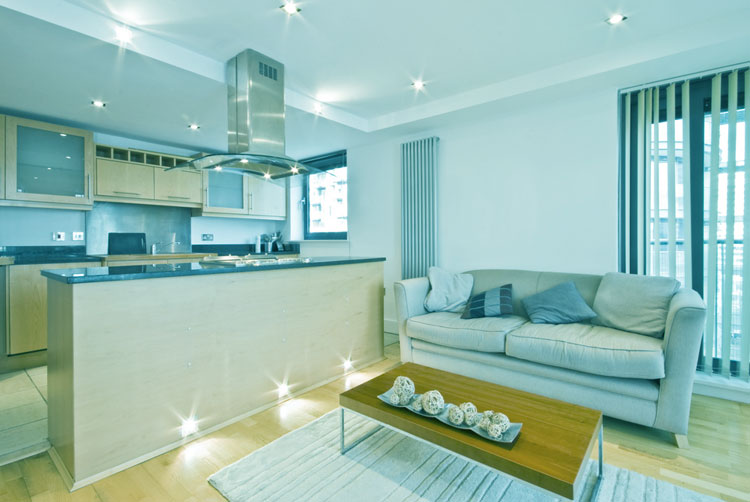
How long do bulbs last?
There are many factors that will affect the longevity of a bulb. These include the quality of the design/manufacturing, their usage, such as turning ‘on and off’ frequently and their positioning.
The heat generated by bulbs can also affect their longevity, even with LEDs which create very little heat when compared to incandescent bulbs. LEDs disperse heat by using heat sinks to transfer it away from the LED. Excessive temperatures can affect the light quantity and quality over time, or generate flicker. Fitting bulbs within an enclosed space with restrictive airflow may well shorten the life of any bulb.
| Select daily bulb usage: 4½ hours |
|---|
¼ hr 12 hrs |


1000+ hrs


1500+ hrs


10000+ hrs


25000+ hrs
Source: Energy Star/Energy.gov





